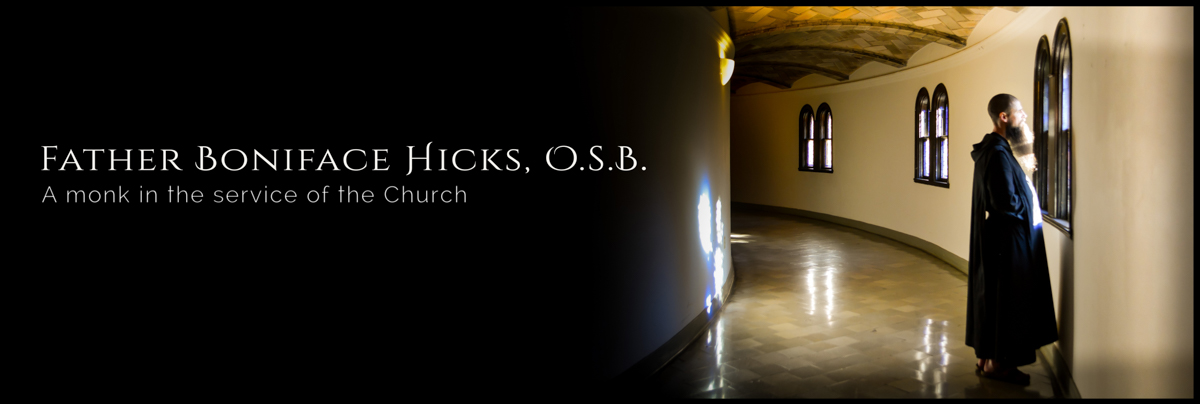
Peter and Paul, sprouts from the divine seed
On the commemoration of all the saints it is right for us to rejoice in this heavenly band, fashioned by God as models of patience and a support for our faith; but we must glory and exult even more in the eminence of these two forebears, whom the grace of God raised to so high a summit among all the members of the Church, and established like two eyes that bring light to the body whose head is Christ.
As to their merits and virtues, which no words can describe, we should not think of any difference or distinction between them; their calling was the same, their labours were similar, theirs was a common death.
Our experience has shown, as our predecessors have proved, that we may believe and hope that in all the labours of the present life, by the mercy of God, we shall always be helped by the prayers of our special patrons. Just as we are humbled by our own sins, so we shall be raised up by the merits of these apostles.
History
This feast combines the standard celebration of the dedication of a church for St. Peter’s Basilica and the Basilica of Saint Paul Outside the Walls, which were both built by the Emperor Constantine the Great during the 4th century. These sites had already been visited by pilgrims for over a century when the basilicas were built to honor the apostles traditionally believed to have been buried there.
Their significance in the Catholic Church is emphasized in the reference made to them in the obligation on Catholic bishops to make a Quinquennial visit ad limina in which they are required to go “to the tombs of the Apostles” in Rome every five years to report on the status of their dioceses or prelatures.
This requirement was initially set out in 1585 by Pope Sixtus V, who issued the papal bull Romanus Pontifex, which established the norms for these visits.
